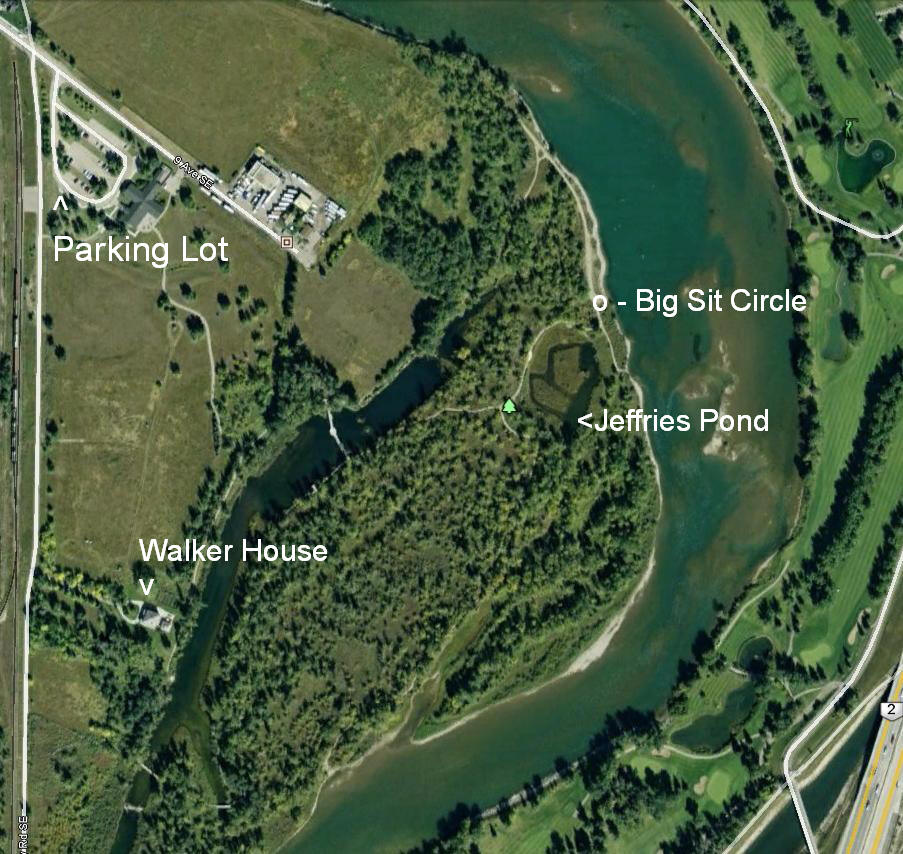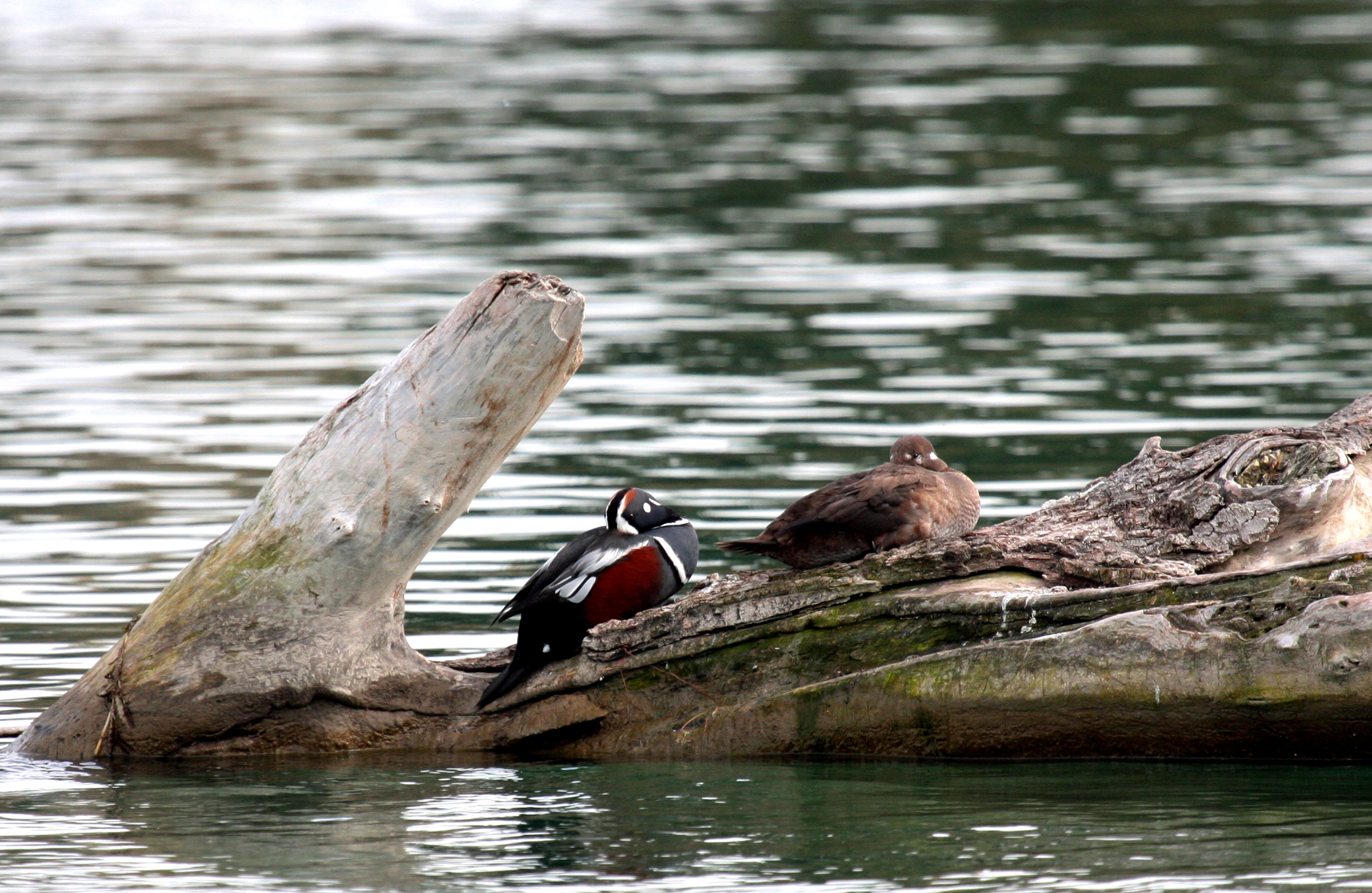Last week, the first of Nature Calgary’s Tuesday evening bird walks was held. For those of you who can’t make it out on weekend mornings, these evening walks may be a good opportunity. Throughout the spring and summer, a free birding field trip to one of Calgary’s many parks will be offered every Tuesday beginning at 6:30 p.m.
For information on upcoming walks, check the “Free Nature Walks” page on our banner above. The page is updated regularly. This evening, May 10, the field trip will be at Edworthy Park in the northwest. Spring migration is getting into full swing, so get out and see the latest arrivals.
All Nature Calgary field trips are free and open to all members of the public. You don’t have to be a member of Nature Calgary to attend. If you need any more information about a particular walk, you can phone the walk leader at the number listed. But in general, you just have to show up! Dress for the weather, have your binoculars and/or camera ready, and have fun while learning about the birds of Calgary and our natural areas.
Posted by Bob Lefebvre







































